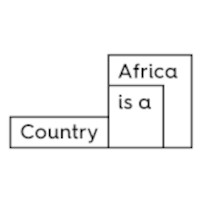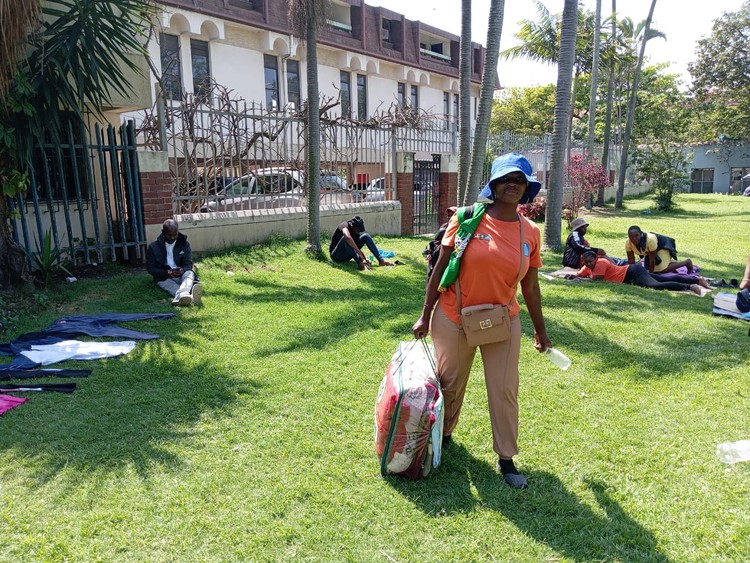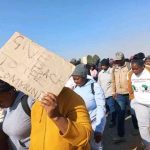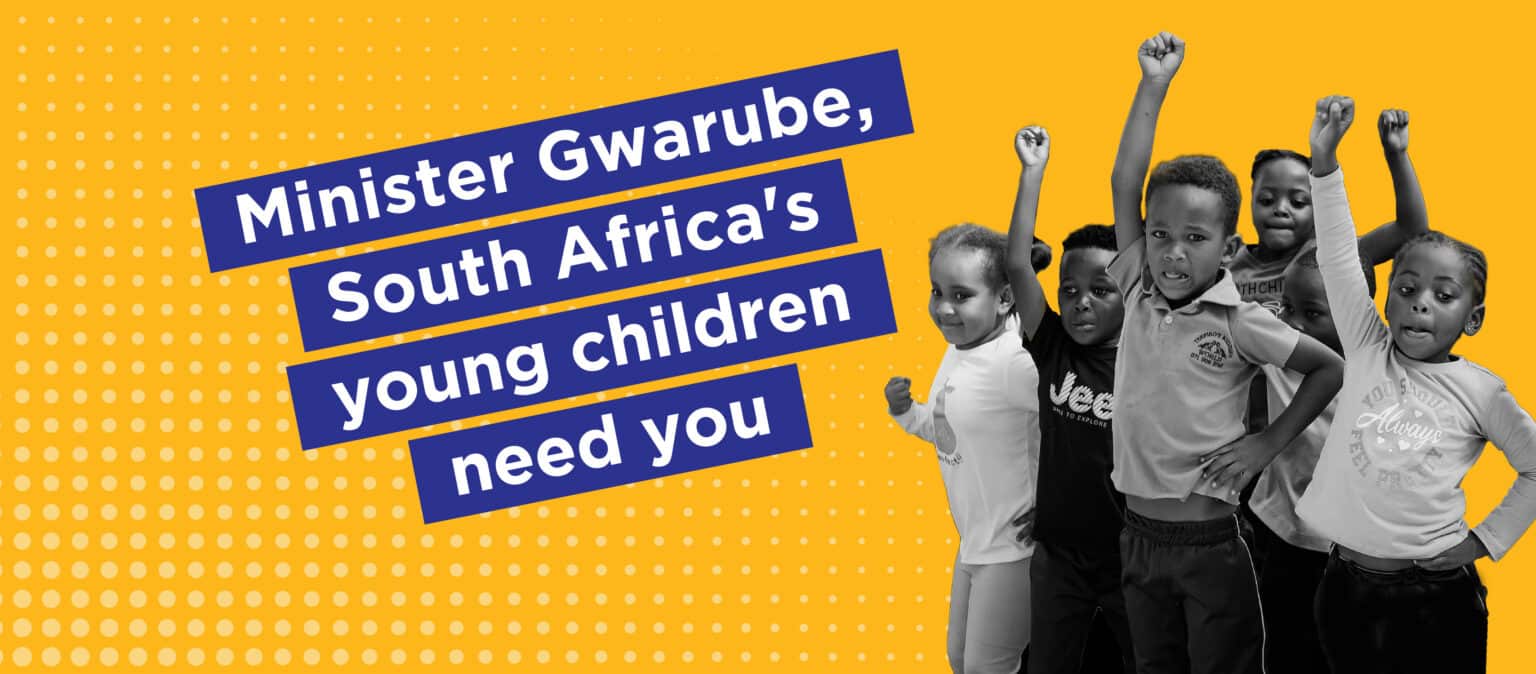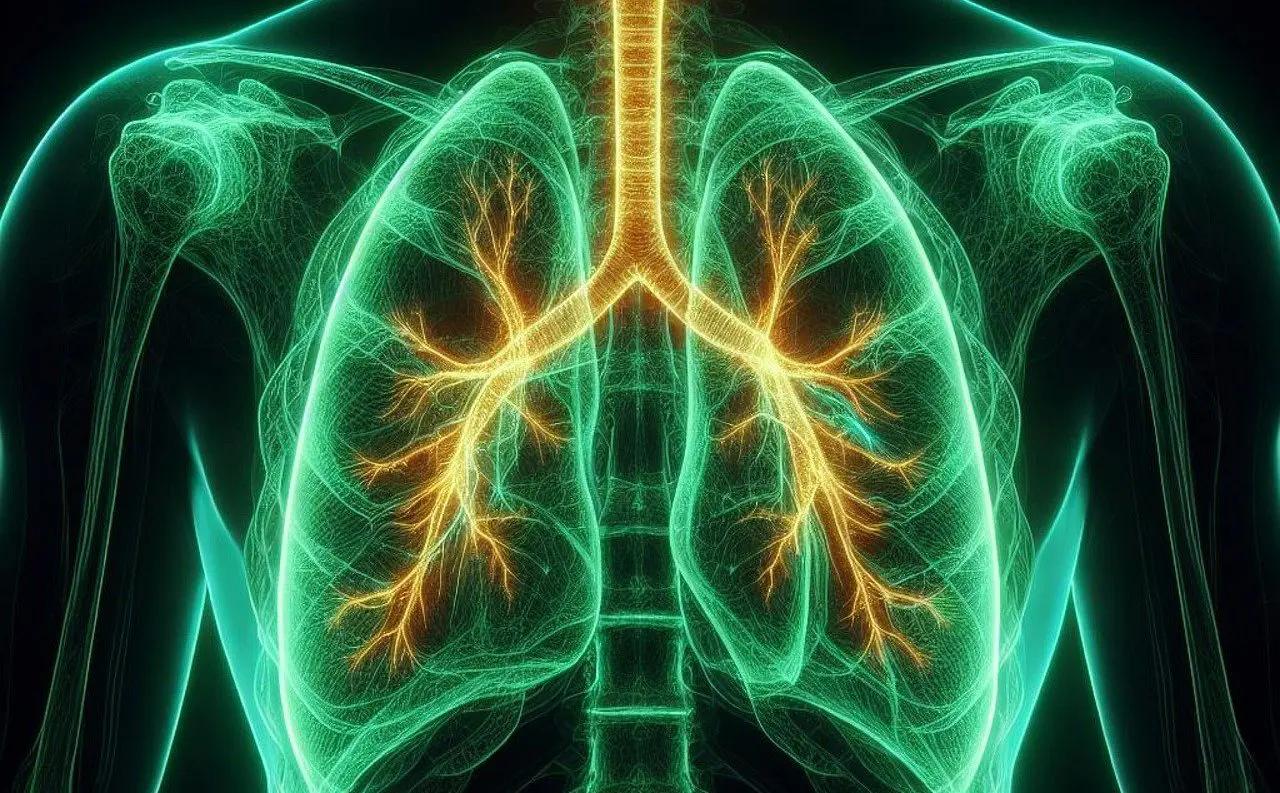Don’t get to excited by the local election results in South Africa. The party system is fragmenting, but old apartheid divides persist.
South African President Cyril Ramaphosa and Herman Mashaba, former mayor of Johannesburg. Image credit Government ZA on Flickr CC BY-ND 2.0.
In South Africa’s November 1 local government elections, the African National Congress (ANC) got 46% of the country-wide vote, falling below an outright majority for the first time.
The party’s declining hegemony, its failure to suppress factionalism and to keep a tight rein on state patronage, now the possibility that it will need to form a coalition government after national elections in 2024, these developments are generating a surge in confidence in the prospects of alternatives, encouraging breakaways and formations of other new parties. Commentators have stressed the drama of the result, announcing a period of sweeping change, but the ANC’s own tally obscures lines of enduring continuity.
The party system is fragmenting, but this is happening within a framework of political divisions and alliances constructed by Apartheid and the anti-Apartheid movement. There is no clear process of realignment, no plausible social force around which a new regime might consolidate, with just the tentative emergence of a new right and a resurgent movement of civics and residents’ associations. What this portends is a period of disorganization, government by a disintegrating African nationalist movement, increasingly externalized from the ANC itself into inter-party coalitions.
Lines of continuity
The decline of dominant parties across the world is usually precipitated by breakaways. South Africa is no exception. The ANC has fallen below a majority, but if we count it together with its democratic-era offshoots, then the 62% it got in 2000 is still a fraction above 60% today. The difference with its current total is made up by Julius Malema’s Economic Freedom Fighters (EFF, 10%), four other parliamentary parties (2%), along with at least 23 minor additions with seats in local councils (1.5%). These occupy a spectrum from good government to corrupt, and from moderate to radical positions on black economic empowerment. Their weight is towards the latter, an expropriative nationalism, often nakedly capitalistic and increasingly chauvinistic. But the basic point is that the headline story of post-Apartheid electoral history is not so much the rise of novel forces, as the gradual, gathering decomposition of the ANC itself.
The progress of other parties has been limited. The official opposition, the liberal Democratic Alliance (DA), is back where it was two decades ago, at 21% of the electorate. In the interim, it advanced by consolidating the support of racial minorities and by making small inroads into the black vote. In the last few years, however, it has been squeezed by the growth of Afrikaner and coloured nationalism, seen in the advance of the Vryheidsfront Plus (VF+, 2%) and the emergence of the Patriotic Alliance (1%), the Cape Coloured Congress (0.25%), and more local parties (0.1%) such as the Northern Alliance in Gqeberha (Port Elizabeth). The DA’s efforts to shore up these bases, by purging black leaders, dropping policies of affirmative action, and playing up its defense of racial minorities, has rolled back earlier efforts to attract black voters. This might have opened up some room along the party’s social liberal left, but the performance of Patricia de Lille’s breakaway GOOD indicates that this space is limited (0.6%).
South African voters, from this vantage point, look stagnant, group-loyal. Indeed, the next largest family of parties is still those that formed around old apartheid Bantustan and “own affairs” administrations. KwaZulu’s Inkatha Freedom Party (IFP) won 9% of the vote in 2000. Today, with its breakaways, it has 7%. The share of the electorate held by other “homeland” parties has been negligible, but they still win council seats in the former Gazankulu (1), KwaNdebele (1), Bophuthatswana (6), and QwaQwa (3), as do the remnants of Indian House of Delegates parties in Durban (2). Beyond these, political Christianity (1%) and Islam (0.25%) have been and remain marginal.
Potential sources of realignment
The advocates of change stress the emergence of two potential sources of realignment, but these are currently small, partly the product of fragmentation in larger parties, so their prospects remain highly uncertain.
In 2020, the DA’s former mayor of Johannesburg, Herman Mashaba, formed a party called ActionSA. In November’s elections, it centered its platform around a broad South African nationalism. It took a xenophobic line and committed to throwing out the politicians, fixing the state, and unleashing the developmental potential of free markets. It drew off the DA’s fledgling black vote, generated support from racially pragmatic whites in the suburbs, then expanded incursions into ANC strongholds in the townships. Focusing its energies on Johannesburg and surrounds, it won 16% in the city, 9% in the province of Gauteng, but just 2.4% nationwide.
National attention has focused on this metropolitan center, but we also see an equal, sometimes intersecting, but also quite distinct development across the towns and villages of the hinterland. South Africa has an old tradition of local civics and residents’ associations. Historically, these have been fairly strictly divided along racial lines. In some cases they have entered elections, where their impact in post-Apartheid years has been minimal. In 2000, 37 of these associations claimed seats in local councils, with a combined national vote of just 0.8%.
In recent years, a crop of more multiracial, cross-class vehicles is ascendant. In some cases these are the product chiefly of bourgeois initiative, but in many others they are rooted in the efforts of the working class and poor people. A number have been organized in response to the corruption and collapse of municipal administrations and economies. These pursue a project of good government, sometimes supported by another DA departure, Mmusi Maimane’s One South Africa Movement, but other times articulated according to a more left-wing political program, as is the Makana Citizens Front in the troubled university town of Makhanda. In other cases, these associations are the fallout of ANC factional conflict. These have been forged in the crucible of patronage. In some instances, the new civics and residents’ associations express a sense of rural marginalization and exploitation by urban, national institutions and processes. Their project is to cast out the big parties, establish local control of governments, then often to use these to hoard economic opportunities to the exclusion of non-local outsiders.
In 2016, civics and residents’ associations claimed 99 council seats in 45 municipalities, with a chance of entering coalitions in 12 of these. In 2021, they advanced both intensively and extensively, with 80 associations taking 216 council seats in 76 municipalities, pushing 37 of these toward coalitions. Their collective haul was 1.8% of the national vote, a half-point shy of ActionSA’s. But whereas ActionSA was heavily concentrated in Gauteng, with only 12 seats beyond in KwaZulu-Natal, the rural bias of the civics gives them a more dramatic geographical reach, with a presence across the breadth of the country.
An absent but potential giant in this politics of realignment is an independent, nationally-coordinated party of socialism. The trade union federation Cosatu and the Communist Party remain entangled in alliance with the ANC, absorbed in its politics and pitfalls. The breakaway South African Federation of Trade Unions (Saftu), the various cliques, movements, and NGOs of the independent left, remain divided by personalities and strategy. Strong currents of movementism, Leninism, and anarchism generate an ambivalence toward “bourgeois” parliamentarism and the state, which has been expressed as abstention or in the most abstract ideologism, where parties have stressed purity and abstract critique, rather than orienting themselves to the task of articulating the concrete problems of poor and working people, and building the broad base needed to win power.
In the event, on November 1, a disparate constellation of eight workers’, socialist, and communist parties won seats across five provinces, but incredibly for a country with such a vibrant history of left-wing militancy, these won just 0.15% of the vote. Leftist organizations and individuals played a prominent role in forming, by my count, six civics that took seats, bringing the grand total to 0.3%.
Coalition politics
Newly minted municipal councils spent the month of November cobbling together coalitions and electing mayors. The ANC was able to formulate agreements with the Patriotic Alliance and a number of smaller parties. In this way, it secured executive office in the metros of eThekwini (Durban) and Nelson Mandela Bay (Gqeberha), together with twenty other local municipalities. In recompense, it lit four Cape municipalities yellow for the Patriotic Alliance. It lifted civics into the mayor’s chair in the Karoo municipalities of Kannaland (Ladismith) and Prince Albert. It gave eDumbe in the north of KwaZulu-Natal to an IFP breakaway, the National Freedom Party.
The ANC was otherwise shunned. The party is toxic to many opposition voters. Its larger opponents, especially the DA and ActionSA, made a show of holding it to account for its corruption and mismanagement of national affairs. The IFP, after concluding an early agreement, faced a revolt from the rank-and-file, then found more love in the arms of other parties. The EFF’s strategy was to disrupt the ANC, constricting its access to municipal patronage, which will loosen its hold over votes in township wards. The intended effect, moreover, is to damage Ramaphosa’s standing in his party, benefitting the EFF’s allies in the anti-Ramaphosa faction, strengthening its position on the way to national elections and parliamentary coalition negotiations in 2024.
The ANC, in result, lost control of the metros of Johannesburg and Ekurhuleni (East Rand), along with almost one-fifth of its pre-election local mayoral offices. The DA lost some ground in its Western Cape stronghold, but it claimed the great cities of Gauteng and established a foothold in five other provinces. The IFP reached out across its northern KwaZulu-Natal heartland, winning an additional 14 municipalities, including with a breakaway in the west at Okhahlamba. The EFF formed its first local executive, in Thembelihle in the Northern Cape. Civics and residents’ associations, outside of coalitions with the ANC, took mayoral control of six municipalities in the Western and Northern Cape, the Free State, and Mpumalanga.
The formal opposition entered the elections with executive control of 39 local municipalities. They concluded the process with 68, including half of the metros, enhancing the impression of change. But the EFF is a scion of the radical nationalist tendency in the ANC. It’s strategy entailed handing municipal power to the white-controlled DA, an outcome which could not feasibly be repeated at the level of national government. It was in fact a move entangled in ANC factional struggles, oriented to facilitating a coalition with it in 2024. When we account for this move, together with existing ANC coalition partners, then a more substantive opposition comes out of this election with 48 municipalities, only nine more than it had before.
The apprehension of change, once again, appears illusory. In the absence of an organized alternative around which to realign and reconstitute South Africa’s political regime, what we’re seeing is simply the ANC’s own politics spill out into a coalitional game, within basic parameters of continuity and stasis.

